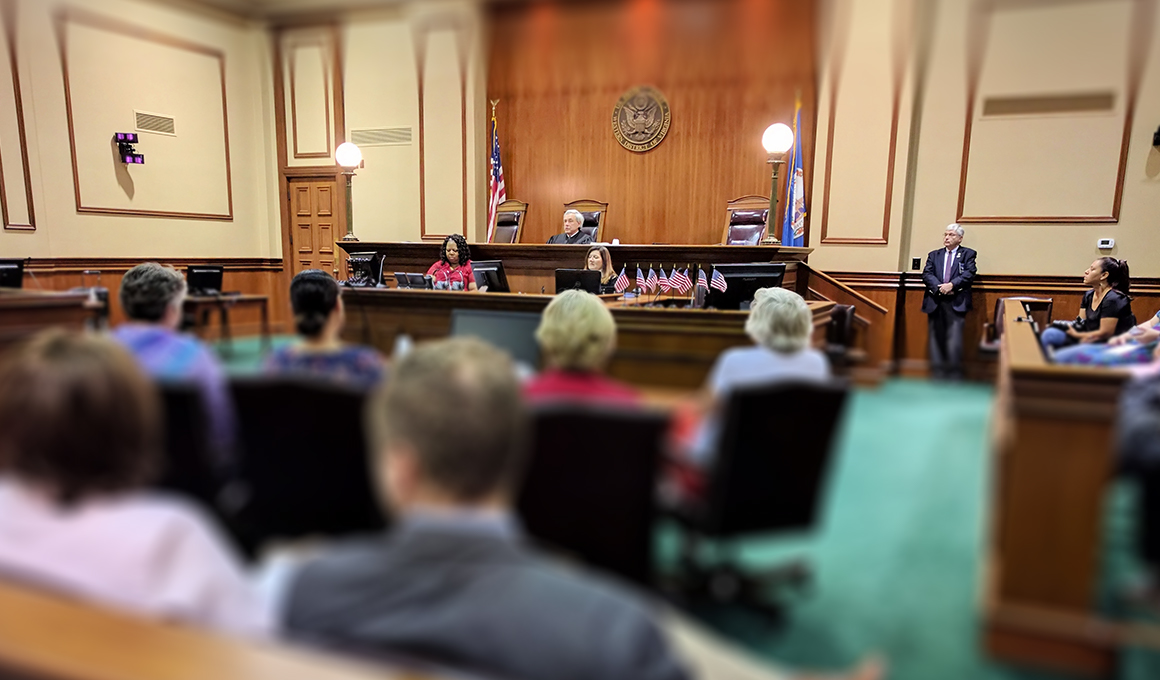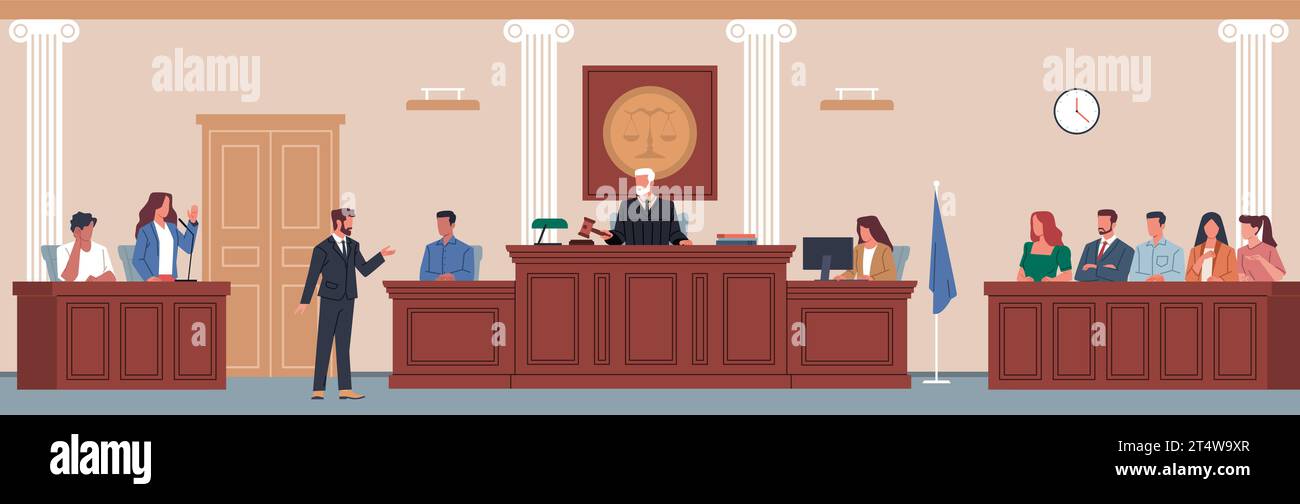Just How Test Presentations Enhance Your Disagreement and Convince Jurors
Test discussions work as an essential system for enhancing lawful disagreements and convincing jurors. By integrating visual aids, narrative frameworks, and psychological involvement, lawyers can produce a compelling case that resonates on numerous degrees. The calculated use of visuals not only clarifies intricate details however likewise captures jurors' attention better than words alone. The art of storytelling plays an equally critical duty in transforming accurate evidence right into a compelling story, forming jurors' perceptions. Understanding these components can dramatically affect trial end results, raising the question of just how each element adds to this detailed dynamic.

Relevance of Aesthetic Aids
Visual aids play a critical role in boosting the efficiency of trial discussions, as they can substantially enhance audience involvement and retention of info. In the context of a trial, where jurors are entrusted with processing facility info, aesthetic aids offer to simplify and make clear bottom lines. Graphes, charts, and pictures can convey information and concepts that might or else overwhelm or perplex jurors, enabling for an extra simple understanding of the proof presented.
In addition, visual aids assist in preserving juror focus throughout the proceedings. By damaging the uniformity of verbal testament, these tools can punctuate essential arguments, making them a lot more memorable. Efficient aesthetic aids can additionally stimulate emotional actions, which can be pivotal in convincing jurors to straighten with the speaker's narrative.

Crafting Engaging Narratives
An engaging narrative is crucial in trial presentations, as it functions as the backbone of efficient persuasion. It allows attorneys to weave with each other facts, proof, and emotional aspects right into a meaningful tale that reverberates with jurors. This narrative structure enables jurors to comprehend the intricacies of the case while directing them with the lawyer's argument.
To craft an engaging narrative, lawyers ought to concentrate on clarity and coherence. This includes developing a clear lead character-- often the client-- and describing their journey with the occasions in question. Presenting the facts in a rational sequence enhances understanding and preserves involvement. Furthermore, making use of dazzling descriptions can create psychological pictures that aid jurors picture the occasions, making the narrative much more unforgettable.
In addition, incorporating crucial styles throughout the presentation strengthens the core message and aids in retention - trial presentations. The narrative ought to not just communicate info but also stimulate a feeling of justice, highlighting the risks included. Eventually, a well-constructed narrative cultivates my sources a connection between the jurors and the instance, placing the attorney's disagreement as both reliable and compelling, consequently enhancing the likelihood of a favorable judgment

Engaging the Court Mentally
Effective court interaction depends upon the lawyer's ability to get in touch with jurors on an emotional degree. This connection can significantly affect jurors' perceptions and their best decision-making. Utilizing emotional allures allows lawyers to humanize the case, changing abstract lawful ideas right into relatable experiences. By presenting real-life tales or reviews, lawyers can evoke compassion and concern, promoting a deeper understanding of the concerns at stake.
Visual aids, such as pictures or videos, can even more improve emotional interaction, providing jurors with brilliant representations of the instance's human elements. Crafting a narrative that highlights the battles and victories of the people involved makes sure that jurors see beyond the lawful debates and recognize the human repercussions of their choices.
An attorney's passionate delivery can reverberate with jurors, enhancing their psychological investment in the case. It's important to balance psychological allures with valid proof, making sure that jurors really feel forced to act while staying grounded in the reality.
Structuring Your Presentation

The body of the discussion ought to be logically fractional into bottom lines, each supported by engaging proof. It is advantageous to use narration methods to weave facts right into a narrative that jurors can quickly comply with. Visual help, such as charts and video clips, can improve comprehension and engagement, helping to highlight crucial items of evidence.
Real-World Study
Checking out real-world situation research studies provides vital insights into the art of trial discussions and persuasion. The defense team properly employed a technique that incorporated high-profile professional testimonies with multimedia presentations, which astounded jurors and ultimately influenced their choice.
One more notable instance is the "McDonald's Coffee Instance," where the complainant's attorneys made use of visuals images of the injuries suffered by Stella Liebeck. trial presentations. This plain aesthetic evidence played a critical role in communicating the extent of her burns, leading to a considerable jury honor. Such instances show that impactful test discussions frequently rest on the efficient combination of visuals and narration to stimulate psychological actions from jurors
Moreover, the "Casey Anthony Test" highlighted the pop over to these guys value of narrative coherence and credibility. The prosecution's failure to develop an engaging timeline reduced their influential power, emphasizing the necessity of a well-structured discussion. Analyzing these instances discloses that effective test presentations require tactical planning, emotional involvement, and the ability to resonate with jurors' worths and ideas.
Final Thought
Trial discussions substantially improve debates and convince jurors via the tactical usage of visual aids, engaging narratives, and psychological involvement. A well-structured presentation equilibriums emotional appeals with valid evidence, eventually reverberating with jurors' worths.